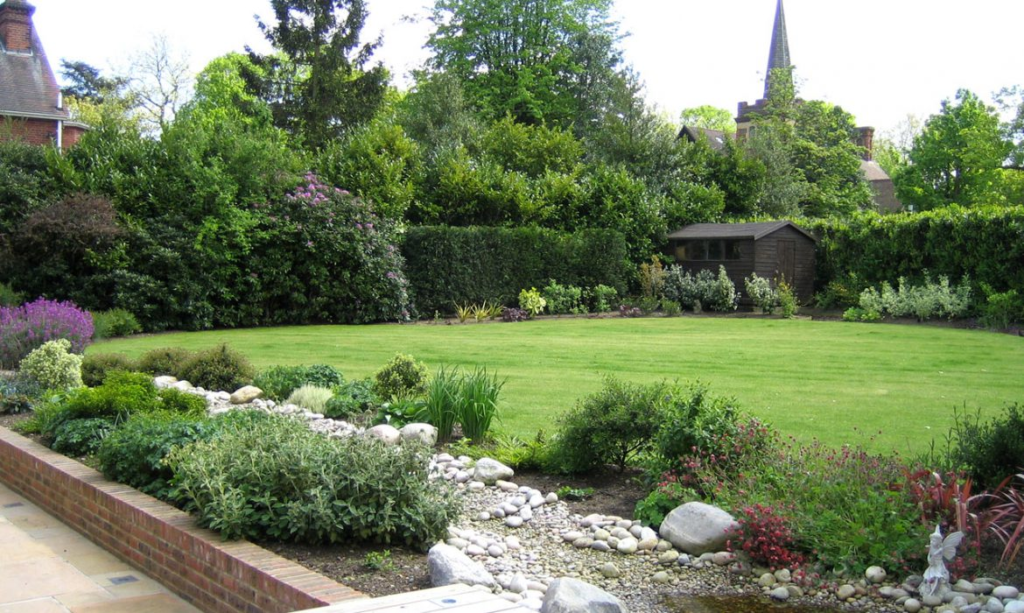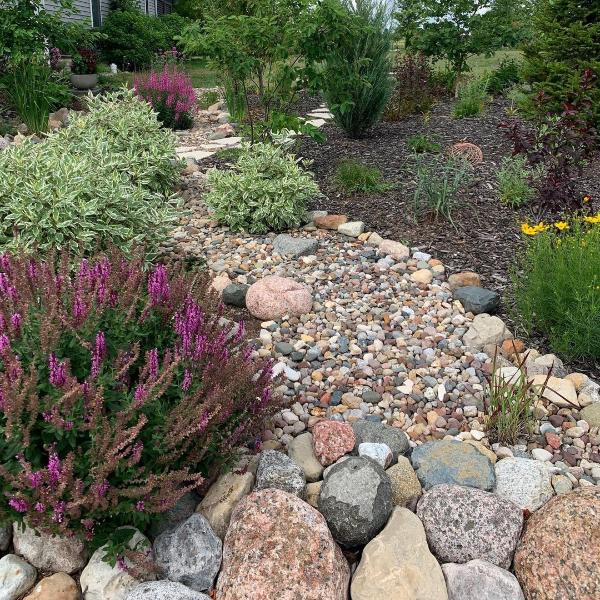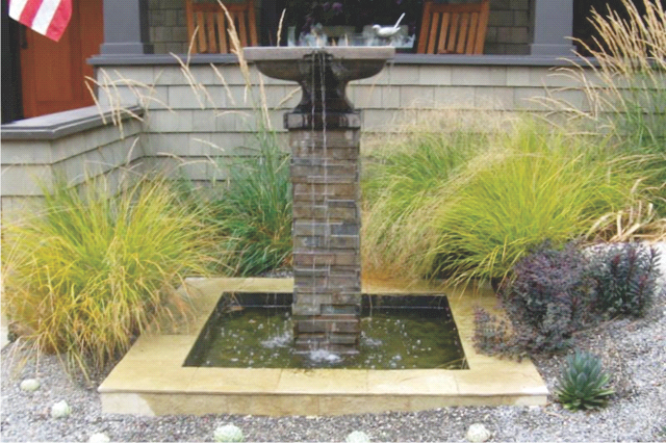The 6-Minute Rule for Hilton Head Landscapes
Table of ContentsWhat Does Hilton Head Landscapes Mean?The 9-Minute Rule for Hilton Head LandscapesThe Basic Principles Of Hilton Head Landscapes 10 Easy Facts About Hilton Head Landscapes ExplainedHilton Head Landscapes - TruthsHilton Head Landscapes - An Overview9 Easy Facts About Hilton Head Landscapes Described
Line develops all types and patterns and can be used in a selection of methods the landscape. Line in the landscape is produced by the side in between two materials, the outline or silhouette of a kind, or a long direct attribute. Lines are a powerful device for the developer because they can be made use of to create a limitless range of forms and types, and they manage movement of the eye and the body.

Lines can have several characteristics, such as those explained listed below, but they typically serve various functions. Number 1. Lines in the landscape - landscape design hilton head. The homes of lines establish how people react to the landscape, both emotionally and physically. Straight lines are structural and powerful; they develop an official personality, are generally connected with a symmetrical design, and lead the eye directly to a prime focus.
The Single Strategy To Use For Hilton Head Landscapes
Straight lines are usually found in hardscape sides and material. Rounded lines create an informal, natural, loosened up personality that is associated extra with nature and asymmetrical balance. Curved lines move the eye at a slower rate and add enigma to the space by producing hidden views. Upright lines relocate the eye up, making an area really feel bigger.
Upright lines in the landscape consist of high, narrow plant product, such as trees, or high structures, such as an arbor or a bird residence on a post. Straight lines move the eye along the ground plane and can make a space feel bigger. Low lines are extra restrained and produce a feeling of rest or repose.
Hilton Head Landscapes Fundamentals Explained
Reduced lines are created by reduced yard walls, sidewalks, and short hedges. Lines are used to attract forms on a plan. In plan sight, they define plant beds and hardscape locations. Lines are likewise developed by the vertical forms of built features and plant material. There are three primary line kinds that produce kind in the landscape: bedlines, hardscape lines, and plant lines.
Bedlines connect plant material to your home and hardscape due to the fact that the eye adheres to the line, moving the look with the landscape. Hardscape lines are created by the side of the hardscape, which marks the developed framework. Line can also be produced by long and slim products, such as a fence or wall.
The Definitive Guide to Hilton Head Landscapes
Type is discovered in both hardscape and plants, and it is typically the leading visual component that spatially organizes the landscape and frequently establishes the style of the garden. The type of structures, plant beds, and yard ornaments likewise establishes the general form style of the garden. Official, geometric types include circles, squares, and polygons.
Plants produce kind in the garden via their details or silhouettes, but kind can also be specified by a space or unfavorable space in between plants - hilton head landscapers (https://peatix.com/user/22927863/view). Circles can be full circles, or go to website they can be divided right into half circles or circle segments and integrated with lines to develop arcs and tangents
How Hilton Head Landscapes can Save You Time, Stress, and Money.
Circles can additionally be extended into ovals and ellipses for even more selection and rate of interest. Circles are a strong layout form because the eye is constantly attracted to the facility, which can be utilized to stress a centerpiece or link other forms. Number 2. Round kinds in hardscape and yard panels.
The square type can likewise be fractional and previously owned repetitively to develop a grid pattern. Unlike circles, squares are stronger on the brink, which can be aligned or overlapped to create unique patterns and more complex types. Polygons are many-sided types with straight edges. Triangulars, for instance, are three-sided polygons.
Twisting lines frequently imitate the all-natural program of rivers or streams and can be explained as smooth lines with deeply rounded undulations. Meandering lines (Figure 3) function well for paths, plant bedlines, and completely dry stream beds. Twisting lines can include interest and enigma to a garden by leading visitors around edges to find brand-new views and areas.
Hilton Head Landscapes Fundamentals Explained

Typical plant types are well established and standard, as form is the most regular and well-known quality of plants. Kind can additionally be developed via the massing of plants, where the general mass produces a various form than an individual plant.
An extremely contrasting form must be made use of with careone or 2 job well as a prime focus, however way too many wreak havoc. All-natural plant kinds, rather than over-trimmed forms, ought to establish the mass of the composition. The importance of overall type is basically dependent on the viewing perspectivethe type of a tree can show up quite various to a person standing under the canopy versus seeing the tree from a distance in an open area.
The Best Guide To Hilton Head Landscapes
Plant kinds also produce and define the gap or open spaces in between the plants, developing either convex or scooped forms in the voids. High-arching tree branches usually create a concave open room under the branches, and a rounded canopy with low branches loads the room to create a convex form in the open space under the tree.
